Comic Books
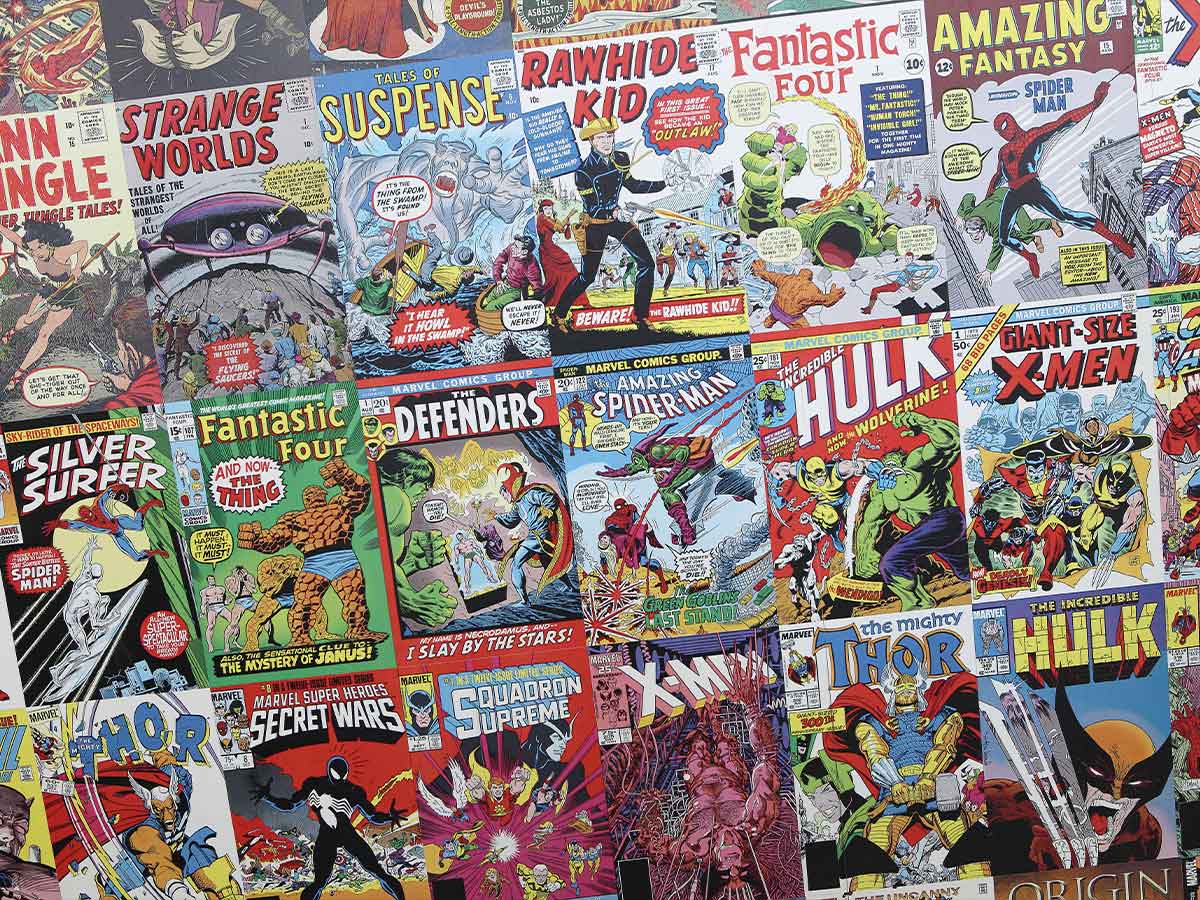
The problem started in the 1990s, when comic book collecting exploded in popularity. Publishers like Marvel and DC capitalized on the trend, releasing endless "special editions" with foil covers, holograms, and variant prints, all marketed as limited and valuable. The result? Everyone bought them, carefully stored them away in plastic sleeves, and waited for them to appreciate in value.
Unfortunately, when everyone collects something, it doesn’t become rare. Today, the market is oversaturated, and most comics from the 1980s onward are worth just a few dollars—sometimes even less than their original cover price. Even older comics, unless they feature the first appearance of a major character, often don’t fetch more than $10–$20. If you’re holding onto stacks of comics from your childhood, hoping they’ll pay off someday, the bad news is they probably won’t. The good news? They’re still fun to read.
McDonald's Cups

At one point, McDonald’s glassware was all the rage. Special edition cups featuring characters like Grimace, Mayor McCheese, or even movie tie-ins like “Batman Forever” were given out with meals. Many people held onto them, thinking they’d be worth a fortune someday. Unfortunately, they were produced in such large quantities that they’re far from rare.
In fact, you can find most of them for just a few dollars online. Some older ones, particularly from the 1970s, can be worth slightly more, but even then, the market is limited. Worse yet, some vintage McDonald’s glasses have been recalled due to concerns over lead paint. So not only are they not valuable, but they might not even be safe to use!
Depression Glasses
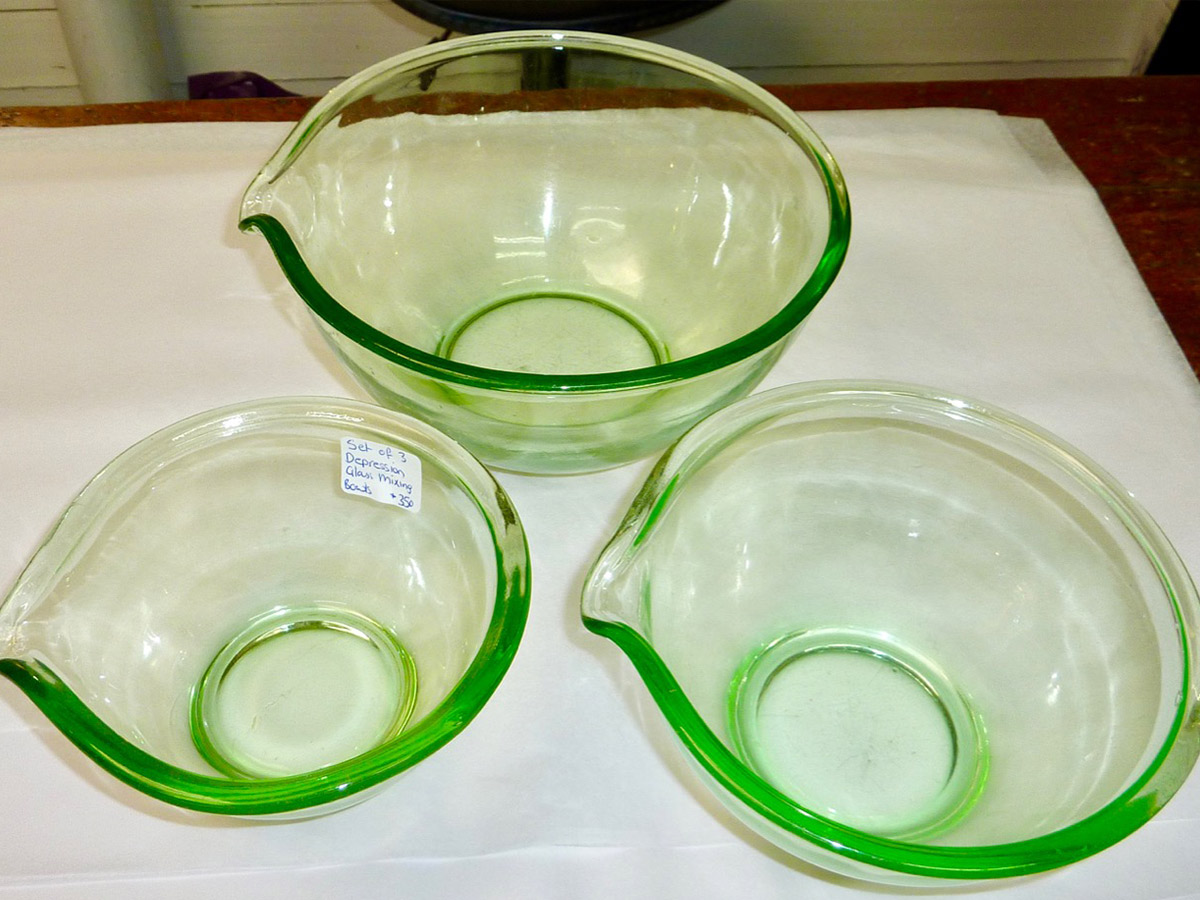
During the Great Depression, manufacturers produced colorful glassware in an effort to lift people’s spirits during tough economic times. These inexpensive yet beautiful dishes came in various colors, including pink, green, and amber, and were often given away for free in cereal boxes, flour sacks, or as prizes at movie theaters.
For years, collectors sought after Depression glass, believing it would become increasingly valuable. While some rare patterns or unique colors can still fetch a decent price, most Depression glass is surprisingly cheap today. The reason? It was mass-produced in staggering quantities, and despite its fragile nature, a lot of it survived. With so much of it still available, the market is flooded, and prices have dropped.
Old Video Games
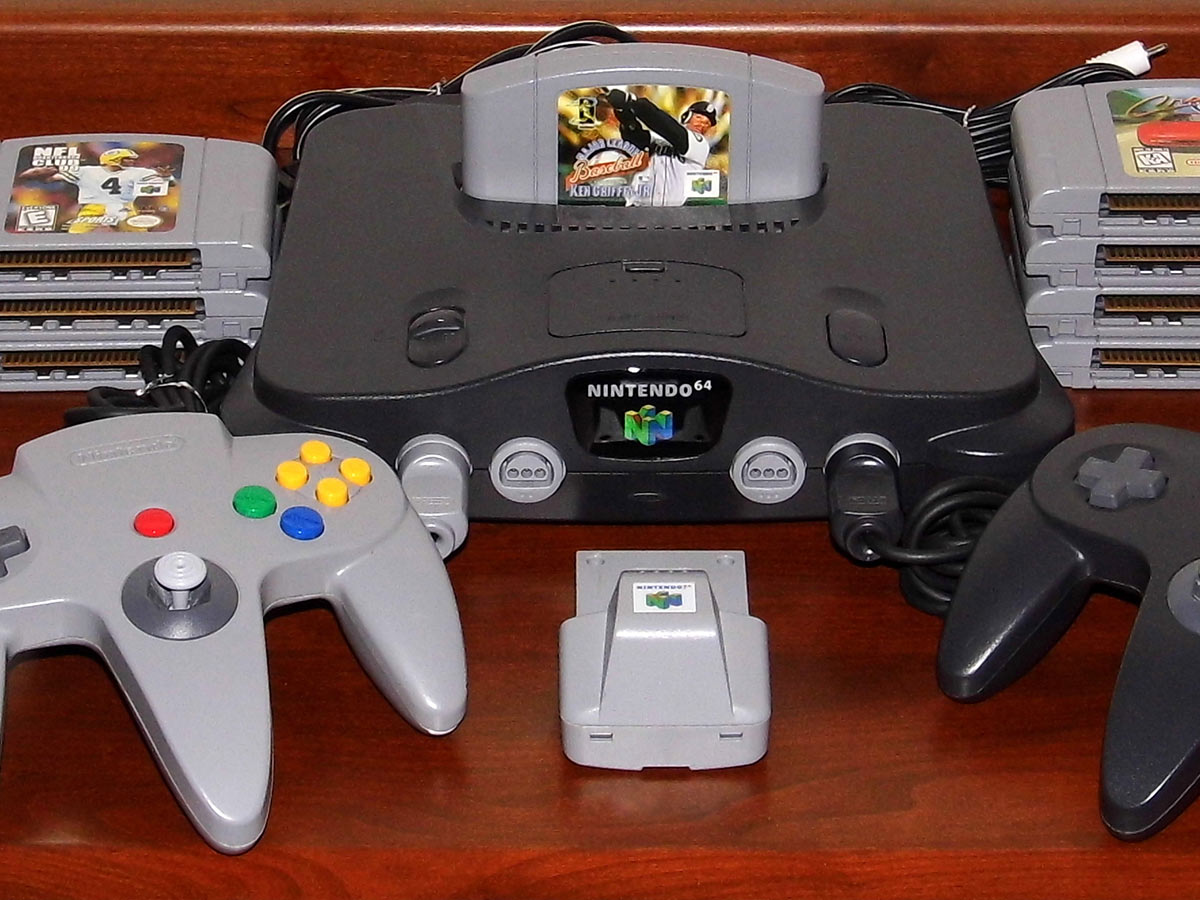
While a handful of rare video games—like Stadium Events or a factory-sealed Super Mario Bros.—have sold for thousands, the vast majority of old video games aren’t worth much at all. Many people assume that because a game is “vintage” or from their childhood, it must be valuable. Unfortunately, that’s rarely the case.
The main reason? Supply and demand. Classic games from systems like the NES, PlayStation, and Sega Genesis were produced in huge numbers, and millions of people held onto them. Unless a game is factory-sealed, extremely rare, or has some unique printing error, it’s probably not worth much. Popular games like Pac-Man, Tetris, and Madden NFL can often be found for a few dollars at garage sales or online marketplaces.
Coca-Cola Memorabilia
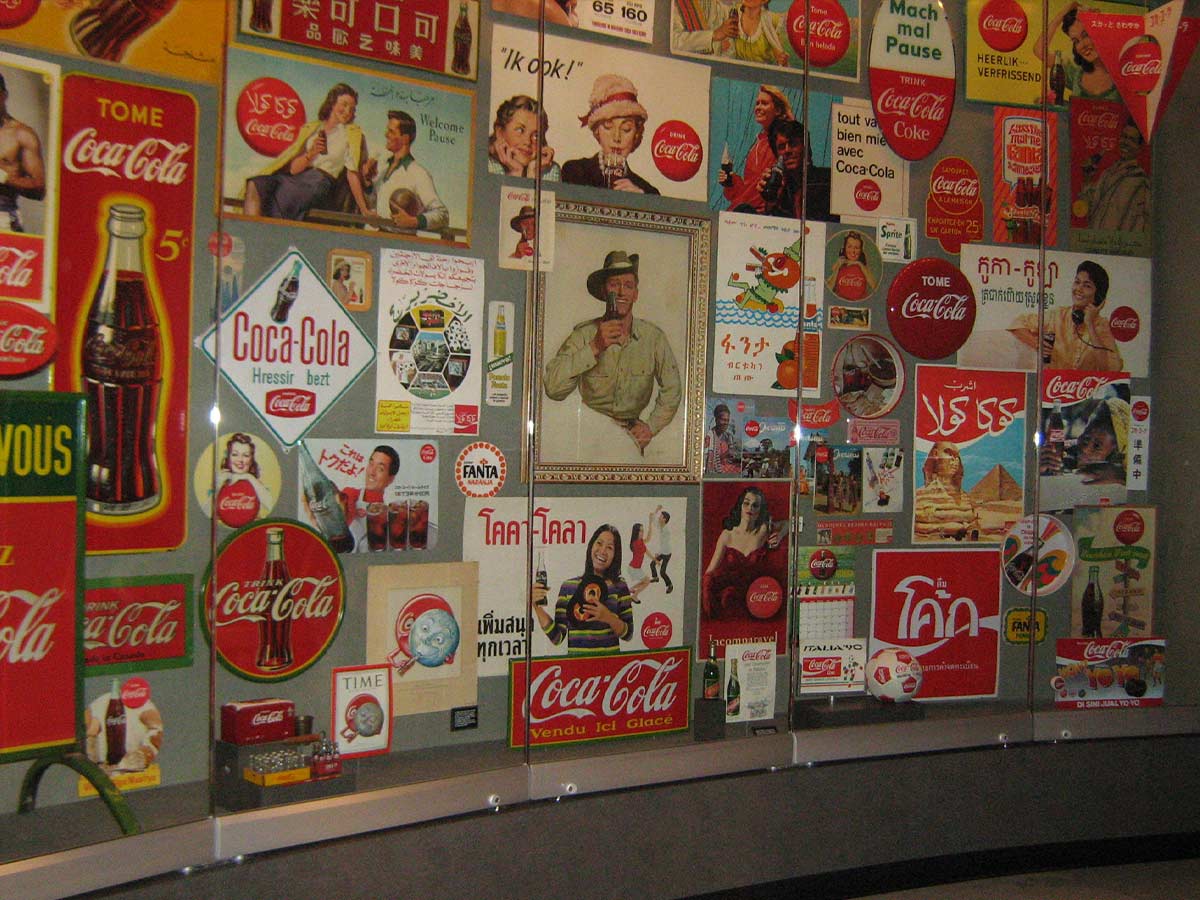
Coca-Cola has been one of the most collectible brands for decades, with everything from tin signs to glass bottles, holiday-themed trays, and vintage coolers filling flea markets and antique shops. Because of its long history and worldwide recognition, many people assume Coca-Cola collectibles are highly valuable.
Coca-Cola knew people loved collecting its branded merchandise, so they made sure to flood the market with everything from toy delivery trucks to limited-edition bottles. Even older items from the mid-20th century are often worth little because so many were made and saved. Some pieces, like original advertising signs from the early 1900s, can still command good prices, but most Coca-Cola collectibles—especially anything from the 1970s onward—sell for just a few dollars. Even the famous Christmas Santa Claus trays, once thought to be rare, are incredibly common.
Stamps
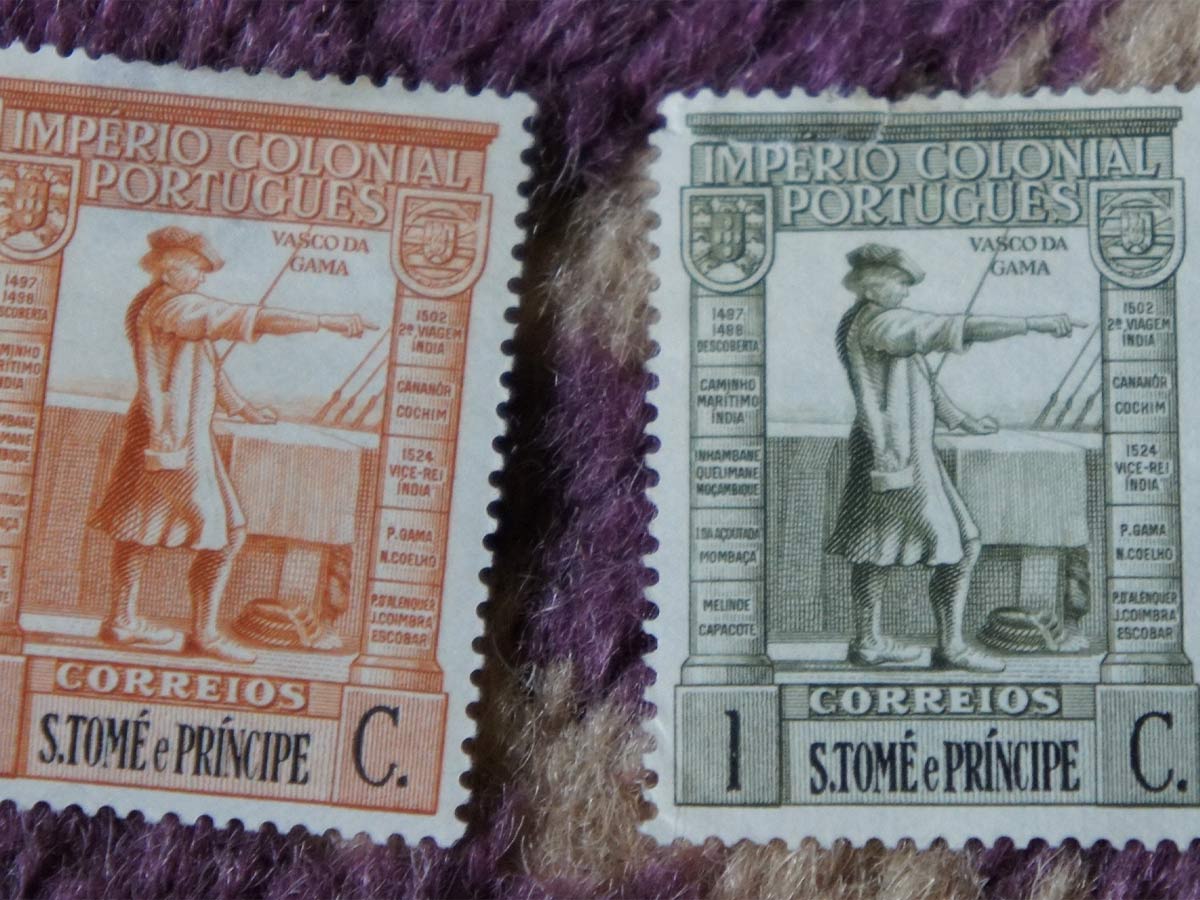
Stamp collecting, once known as philately, has long been a popular hobby, with many people assuming that rare or vintage stamps would increase in value over time. With the rise of email and digital communication, fewer people are interested in stamp collecting. This has led to an oversupply of stamps from the past, meaning that the vast majority are no longer in demand. Additionally, the introduction of automated stamp-printing machines made stamps more widely available, reducing their rarity.
While certain stamps, like the rare Inverted Jenny (a 1918 U.S. airmail stamp) or the British Guiana 1c Magenta, can fetch millions of dollars, these are the exceptions rather than the rule. The stamps most people have lying around, even those from famous countries like the United States, England, or Japan, generally aren’t worth more than face value.
Old Books

Many people believe that if a book is old, it must be valuable. After all, a first edition of The Great Gatsby or To Kill a Mockingbird can sell for thousands. Unfortunately, most old books—especially those found in attics, libraries, or estate sales—are nearly worthless. The biggest factor in book value is rarity, and most books just aren’t rare. Even leather-bound sets from the early 20th century, once considered elegant collector’s pieces, often sell for less than $100.
Condition also plays a huge role. Books with torn pages, water damage, or missing dust jackets lose nearly all value. Some first editions of famous works are worth money, but only if they’re in pristine condition. Unless you have a signed first edition of a literary classic or a truly rare title, most old books won’t bring in much money. That said, they can still hold sentimental and historical value—just don’t expect your dusty bookshelves to be a goldmine.
Christmas Villages

Collecting Christmas village houses became a holiday tradition for many families, with brands like Department 56 and Lemax producing elaborate miniature buildings, streetlights, and figurines. At their peak, these tiny villages were highly sought after, with new releases selling out quickly. However, the market for Christmas villages has drastically declined. While some discontinued pieces still fetch decent prices, most are worth far less than what people originally paid.
So many people collected them that there’s an abundance of used sets available today. Even limited-edition pieces aren’t as rare as once thought, and younger generations aren’t as interested in taking up the tradition. Plus, these villages take up a lot of space, and as collectors downsize or declutter, there’s an overwhelming supply but not enough demand. While some people still enjoy setting up their villages each holiday season, selling off an old collection probably won’t bring in much money.
Thomas Kinkade Paintings & Prints

Thomas Kinkade, known as the “Painter of Light,” was once one of the most popular artists in America. His idyllic cottages, glowing lanterns, and charming landscapes graced millions of homes, and his artwork was marketed as an investment that would appreciate over time. Kinkade’s art was mass-produced in enormous quantities, and most of it holds little value today. While some collectors still admire his work, the resale market is flooded with prints and paintings that sell for a fraction of their original cost.
One of the biggest misconceptions is that numbered or signed prints are rare. In truth, Kinkade’s company produced so many “limited edition” runs that they’re anything but scarce. Even larger canvas reproductions, once priced in the thousands, can often be found online for cheap. The sad truth is that while Kinkade’s paintings remain beloved by fans, they aren’t a great financial investment.
Autographed Sports Memorabilia
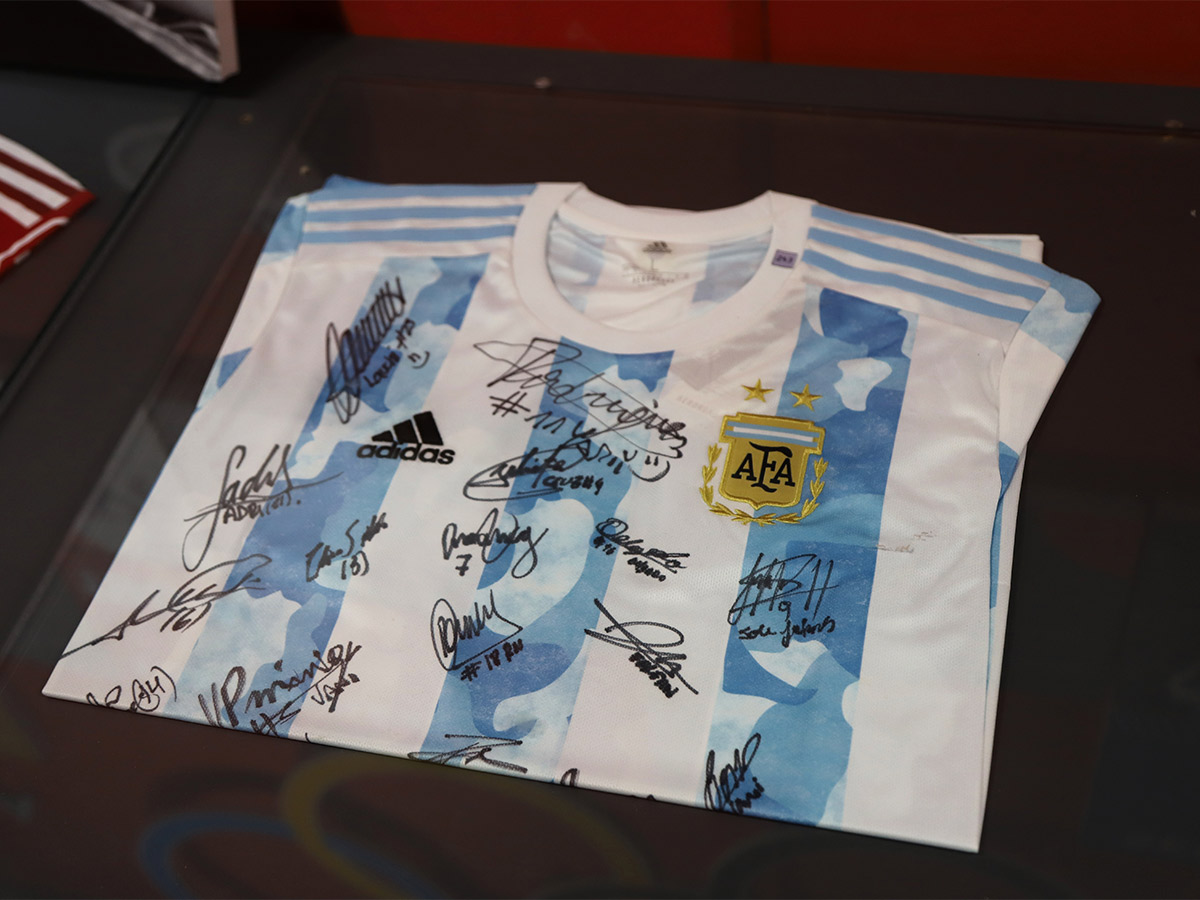
There was a time when having an autographed baseball, jersey, or trading card meant you had something truly special. Unfortunately, the market has changed drastically, and most autographed sports memorabilia is worth far less than people expect. One major reason is authentication. With the rise of forgeries and mass-produced signature items, collectors have become much more cautious. Unless your item has a certificate of authenticity from a well-known source like PSA/DNA or JSA, it may not hold much value.
Sports fans today are more interested in game-worn gear or rare trading cards than just a signed baseball or helmet. If you have an autographed item, check its provenance and market value before assuming it's a goldmine. Many sports autographs that once seemed like treasures now sell for pennies on the dollar. Unless it’s from a truly iconic player, it’s probably more sentimental than valuable.
Vintage Metal Lunch Boxes
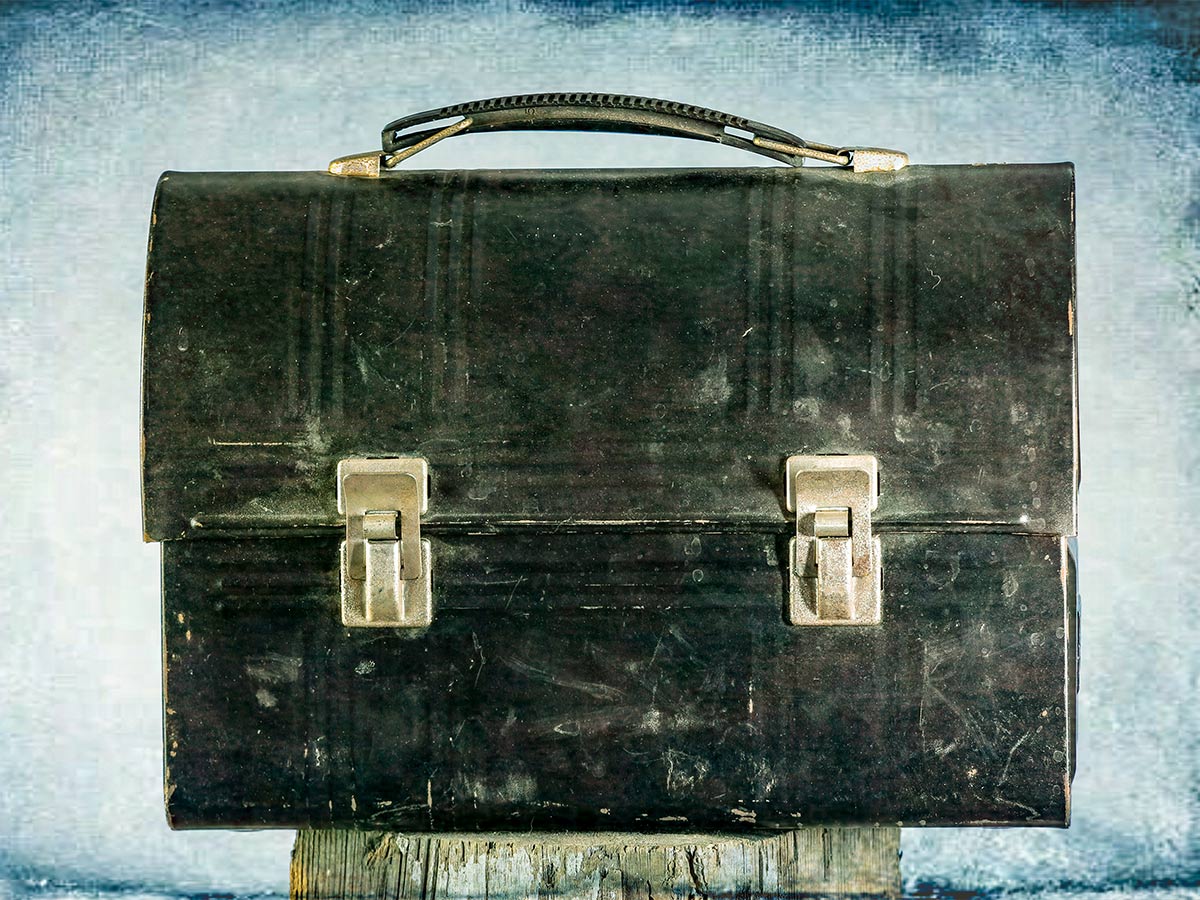
Most vintage metal lunch boxes aren't worth much at all. In the 1950s-1980s, millions of these lunch boxes were produced, and plenty of them have survived in good condition. Popular designs featuring characters like Superman, The Dukes of Hazzard, and Star Wars were produced in such massive numbers that they are far from rare.
Another issue is condition. The most valuable lunch boxes are those that are completely pristine, with bright colors and no rust or dents. But let’s be honest—most people actually used their lunch boxes, meaning they’re often scratched, faded, or missing the matching thermos. While a handful of ultra-rare designs—like the 1954 Superman box—can sell for thousands, the majority of metal lunch boxes sell for $20-$50 at best.
Norman Rockwell Plates
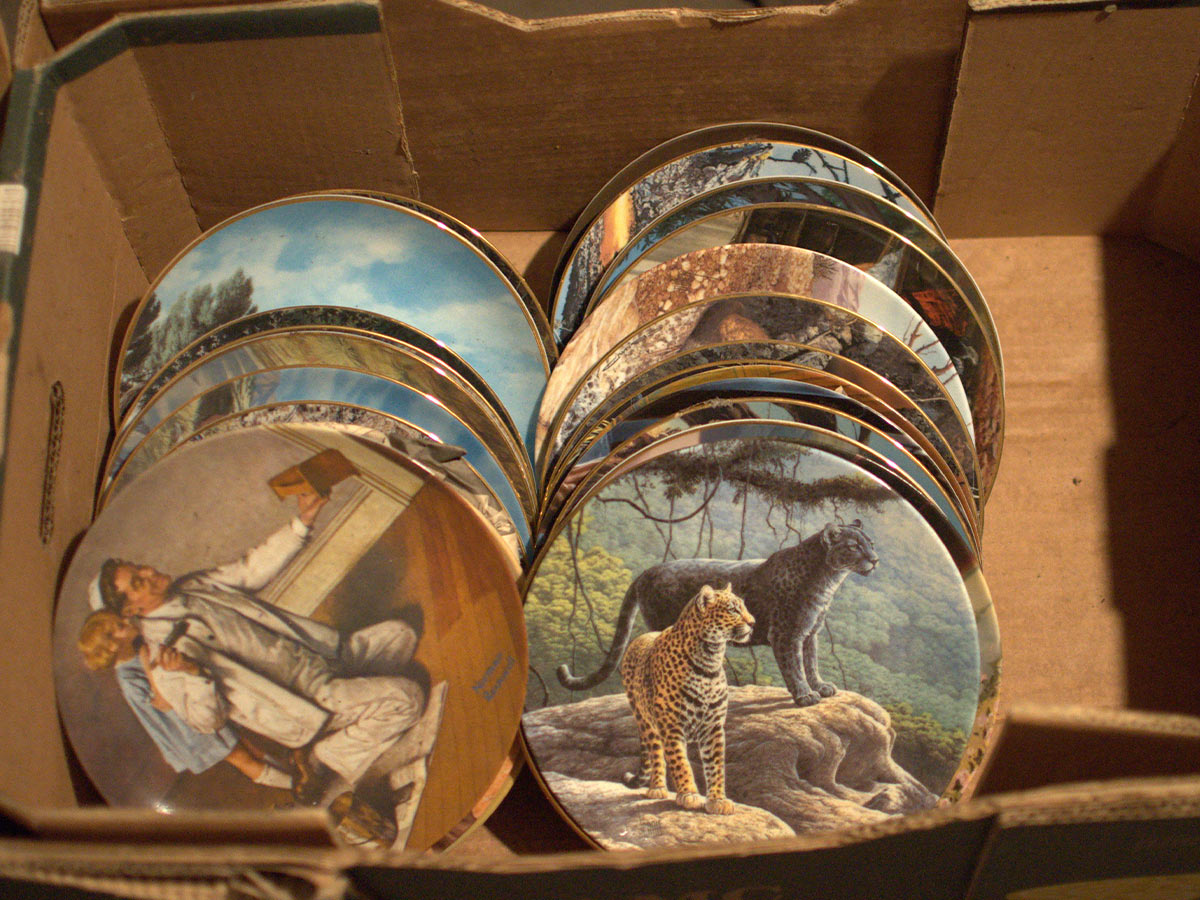
During the 1970s and 1980s, collector plates featuring Norman Rockwell’s artwork were heavily marketed as “limited editions” that would grow in value over time. Companies like The Bradford Exchange and Knowles churned out thousands of different designs, leading buyers to believe they were making a smart investment.
Despite claims of exclusivity, so many were produced that they are anything but rare. You can find them for sale at thrift stores, flea markets, and online for just a few dollars each. Another problem is the lack of demand. Today’s younger generations aren’t interested in decorative plates, and even dedicated Rockwell fans can find these collectibles in abundance. Even sealed, mint-condition plates rarely fetch more than $10-$20, and many go unsold.
Baseball Cards
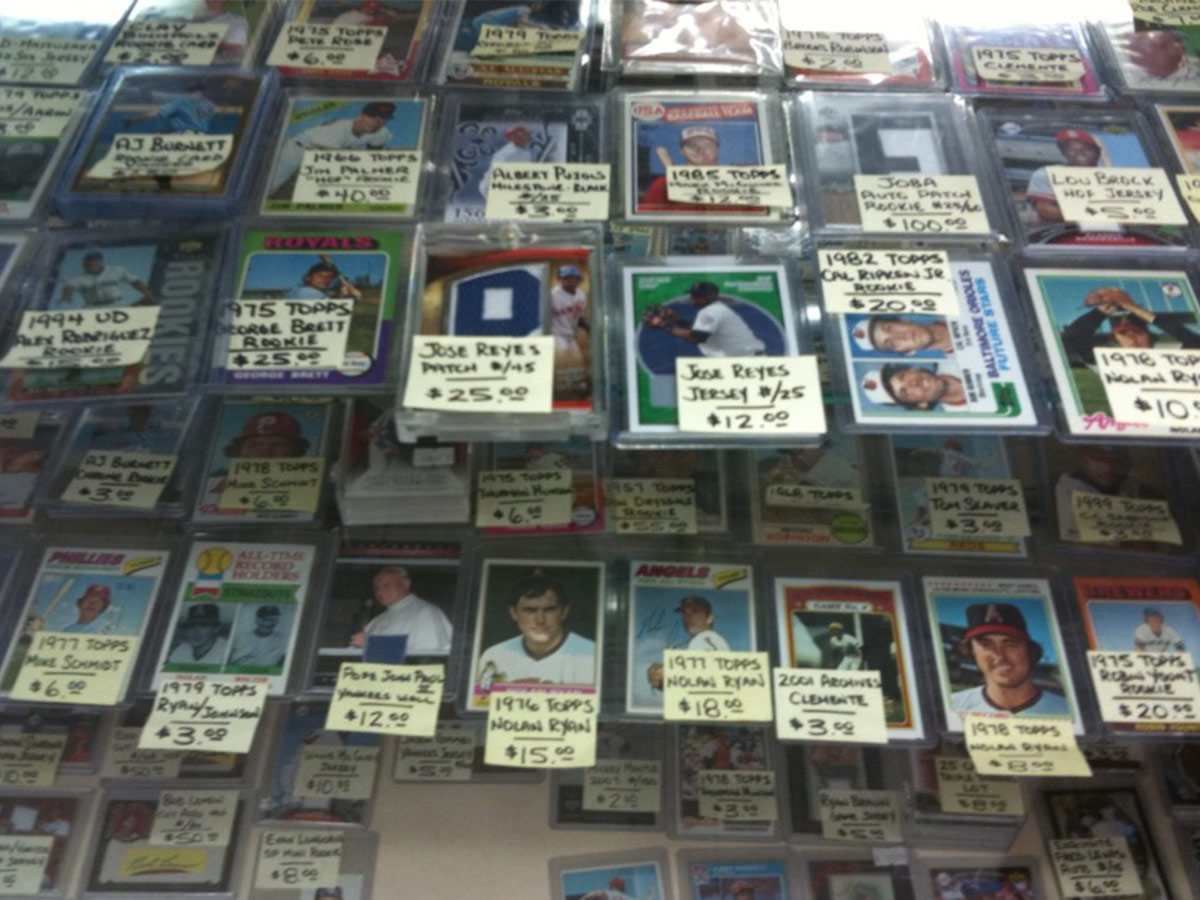
Your beloved ‘80s and ‘90s baseball cards won’t make much profit. The nature of how these cards were collected plays a part in that; you didn't look for the most successful or elusive card, you treasured the card featuring your favorite player and hoarded anything with his face on it.
That doesn’t mean that the collectors deem his cards as valuable. The most prized cards will only net you around $40, even if they are professionally graded and sealed.
Model Train Sets

Model train collecting peaked decades ago, and younger generations simply aren’t as interested in the hobby. As older collectors downsize or pass away, the market is being flooded with vintage train sets. Supply is high, but demand is shrinking.
Condition also plays a big role. Unless a train set is in pristine shape, with its original packaging and all parts intact, its value drops significantly. Common train sets from the 1950s-1980s, once thought to be valuable, often sell for under $100. Even Lionel trains, which were once the gold standard, can be found at garage sales for a fraction of what they originally cost.
Keepsake Christmas Ornaments
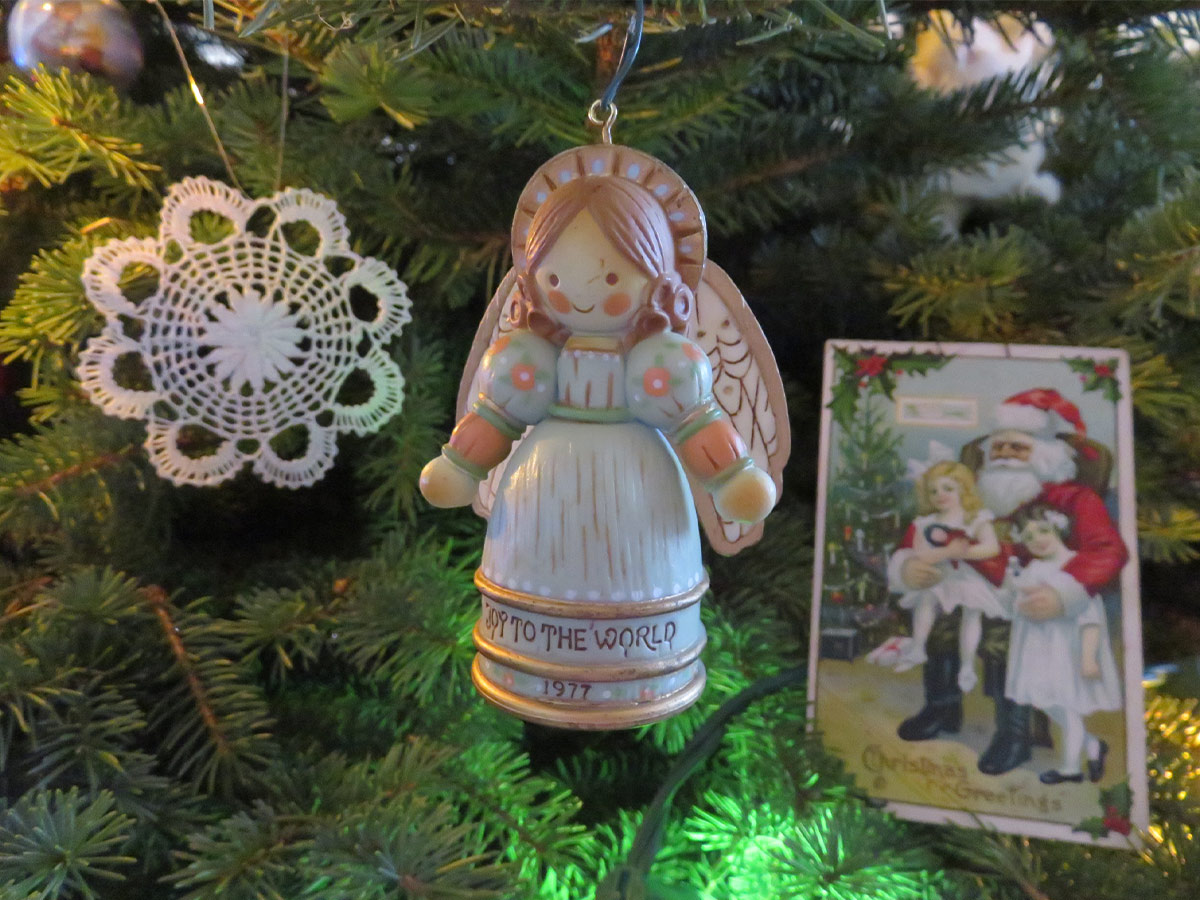
Grandma and Grandpa have given you a keepsake Christmas ornament in the shape of a car every year. Now you’re all grown up and in a financial pinch—do you dare hawk your childhood treasures on eBay?
You’re better off leaving your ornaments on the Christmas tree instead of posting them online; most “collectable” ornaments are mass-produced and don’t have resale value. Why are they called “collectable” in the first place? It’s all a marketing ploy that started in the ‘70s.
Royal Family Memorabilia
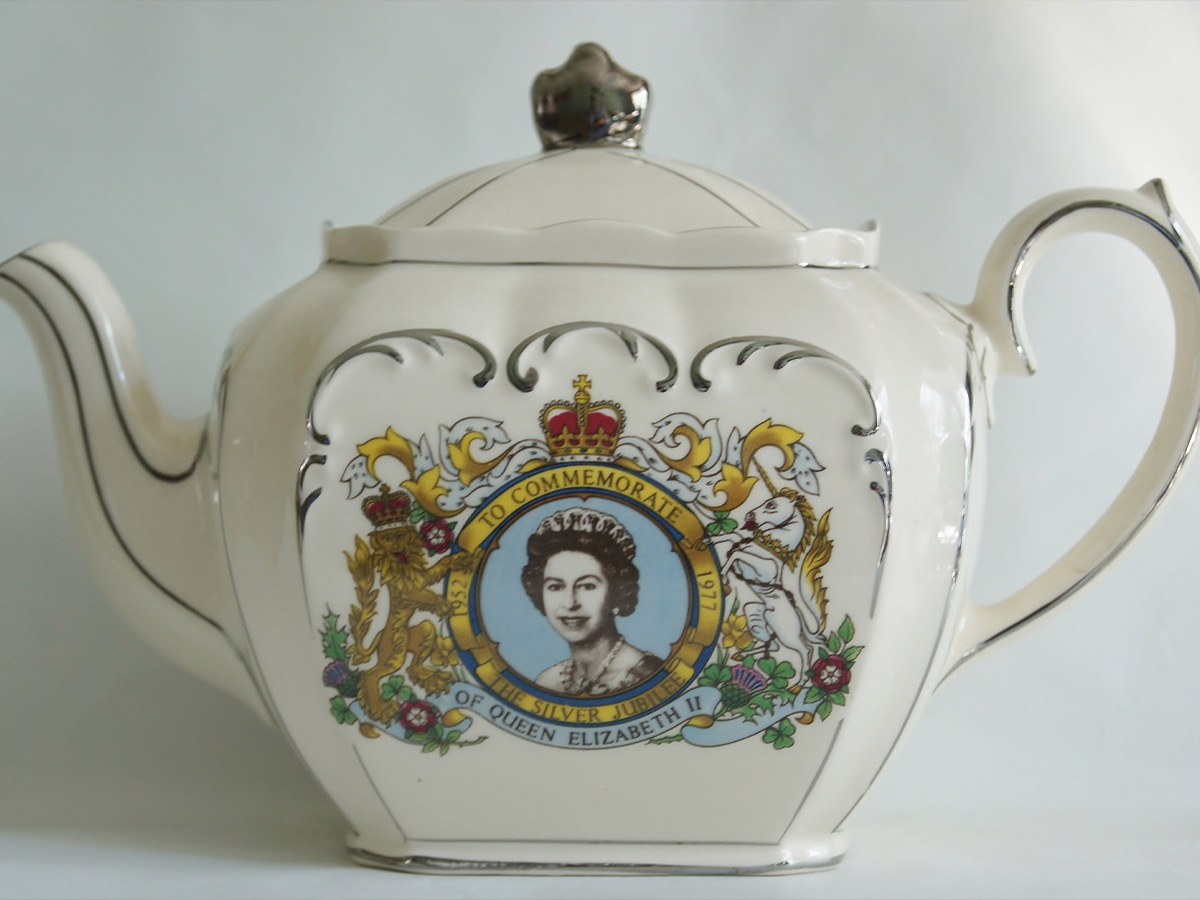
For decades, collectors have snapped up royal family memorabilia, from commemorative plates and mugs to magazines and figurines. Events like Queen Elizabeth II’s coronation, Princess Diana’s wedding, and even Prince William’s marriage to Kate Middleton all sparked waves of collectible merchandise.
Every major royal event has been heavily commercialized, with companies churning out mass-produced souvenirs for the public. While some people still admire the British royal family, younger generations aren’t as obsessed with collecting memorabilia as their parents or grandparents were. Even some of the older, more historic pieces—like coronation programs from the 1950s—don’t command high prices unless they are extremely rare.
Hot Wheels
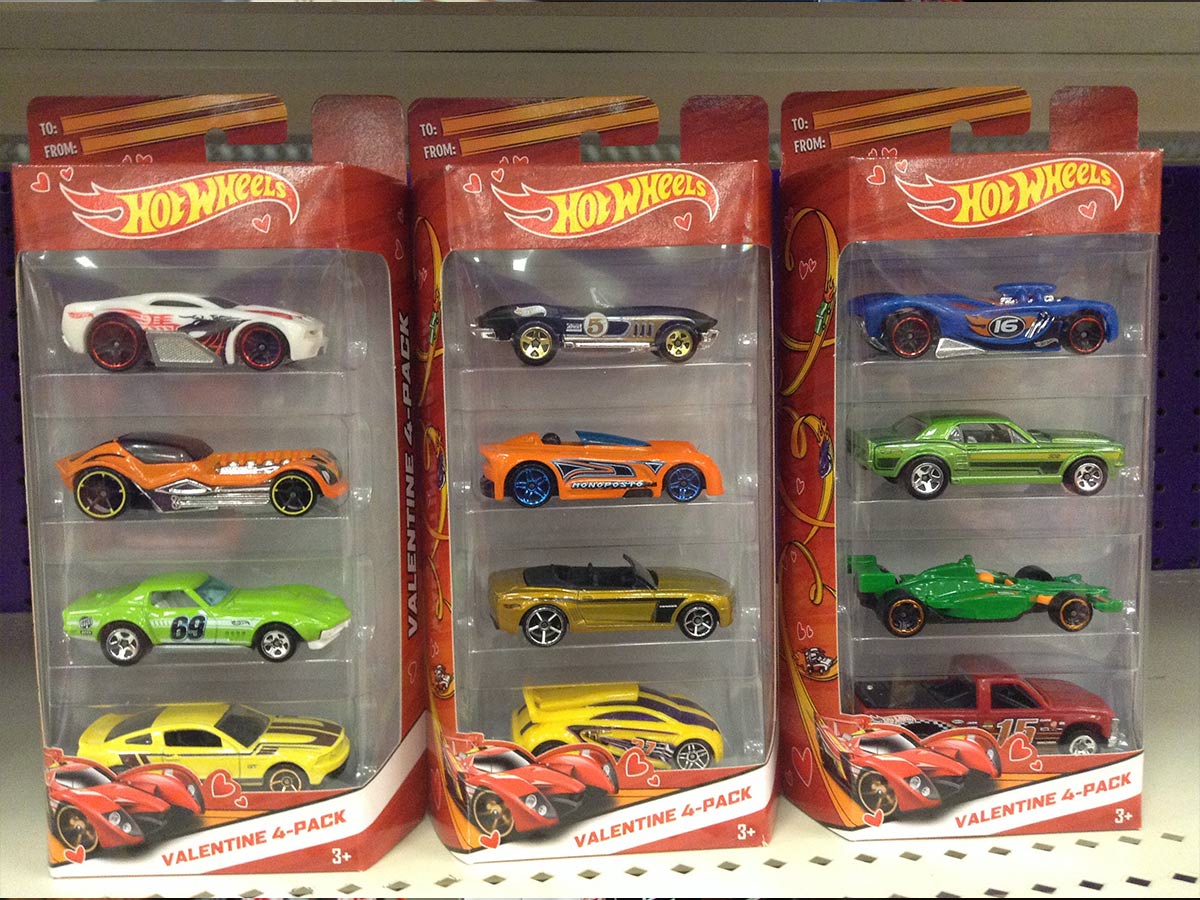
These tiny metal cars were a prized possession from your childhood, despite the countless times your bare foot was impaled by your little hot rod. There’s a special box in the attic collecting dust for the day your Hot Wheels will finally be worth a dime.
I probably shouldn’t tell you that one of these miniature cars will only fetch a single penny on Amazon. Your one-in-a-million Hot Wheel is probably one in a literal million: hundreds of new Hot Wheel models are released every year, and there are countless numbers of each one hidden in toy boxes across America.
Vinyl Records
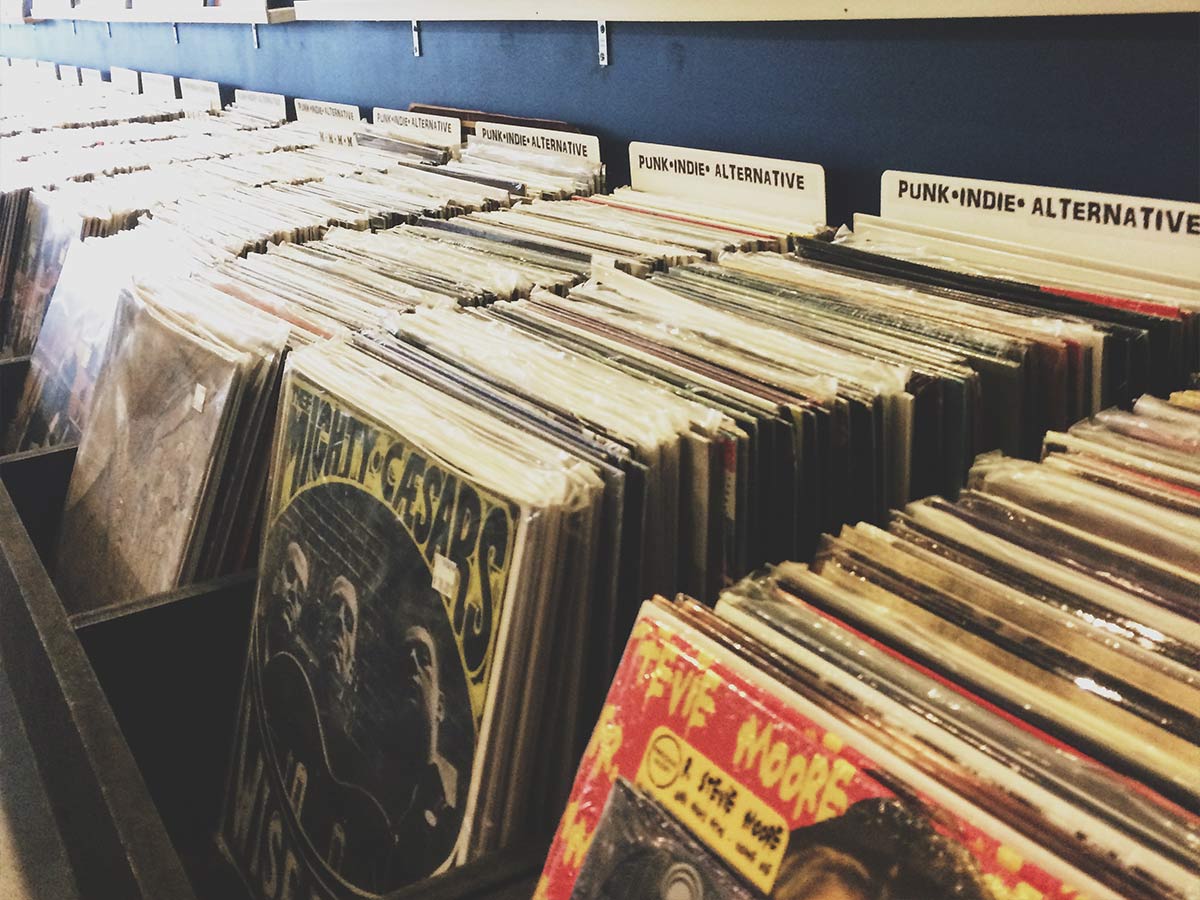
Vinyl records have made a big comeback in recent years, leading some people to assume that their old record collections are worth a fortune. While a handful of rare records can sell for thousands, the reality is that most vinyl records aren’t worth much at all. The vast majority of records—especially those from the 1960s-1980s—were produced in massive numbers. Popular albums by artists like The Beatles, The Rolling Stones, and Elvis Presley were printed in such large quantities that they’re easy to find today.
Records that are scratched, warped, or missing their original sleeves lose much of their value. Even a record that was once valuable can become worthless if it’s in poor condition. While some highly sought-after pressings—such as first editions or limited runs—can fetch high prices, most records from garage sales and attics are worth only a few dollars. If you have a stack of old vinyl, go ahead and give them a spin. That's all they're good for!
Cabbage Patch Kids
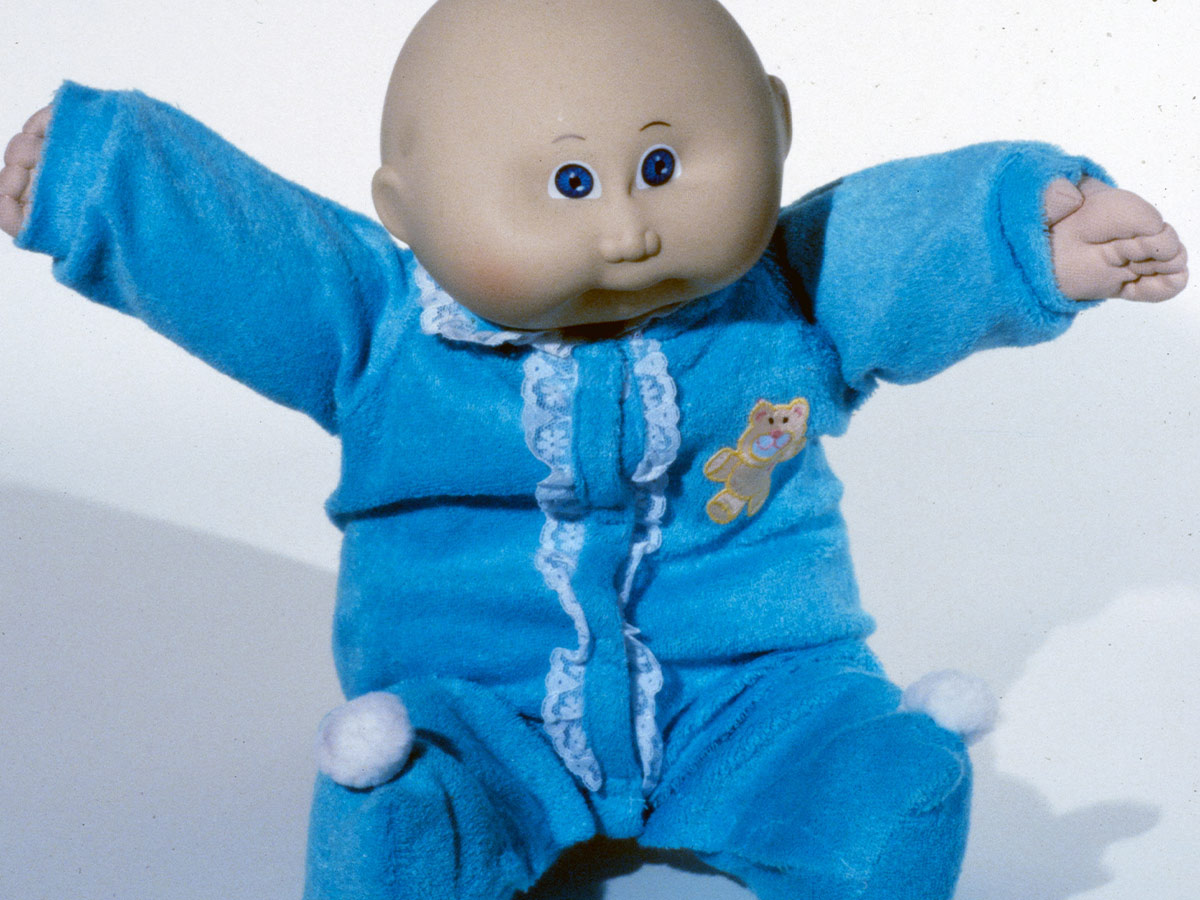
'80s kids will remember asking Santa for a Cabbage Patch Kid. Parents of '80s kids will remember risking their lives in a stampede of rabid adults who just wanted to make their kid happy on Christmas Day.
Cabbage Patch Kids were the “it toy” of the '80s and sold for $25 a pop; even though an uber-rare doll sold for nearly $1,5000 on eBay, your well-worn childhood friend will likely get you $10 online.
"Silver" Serving Plates
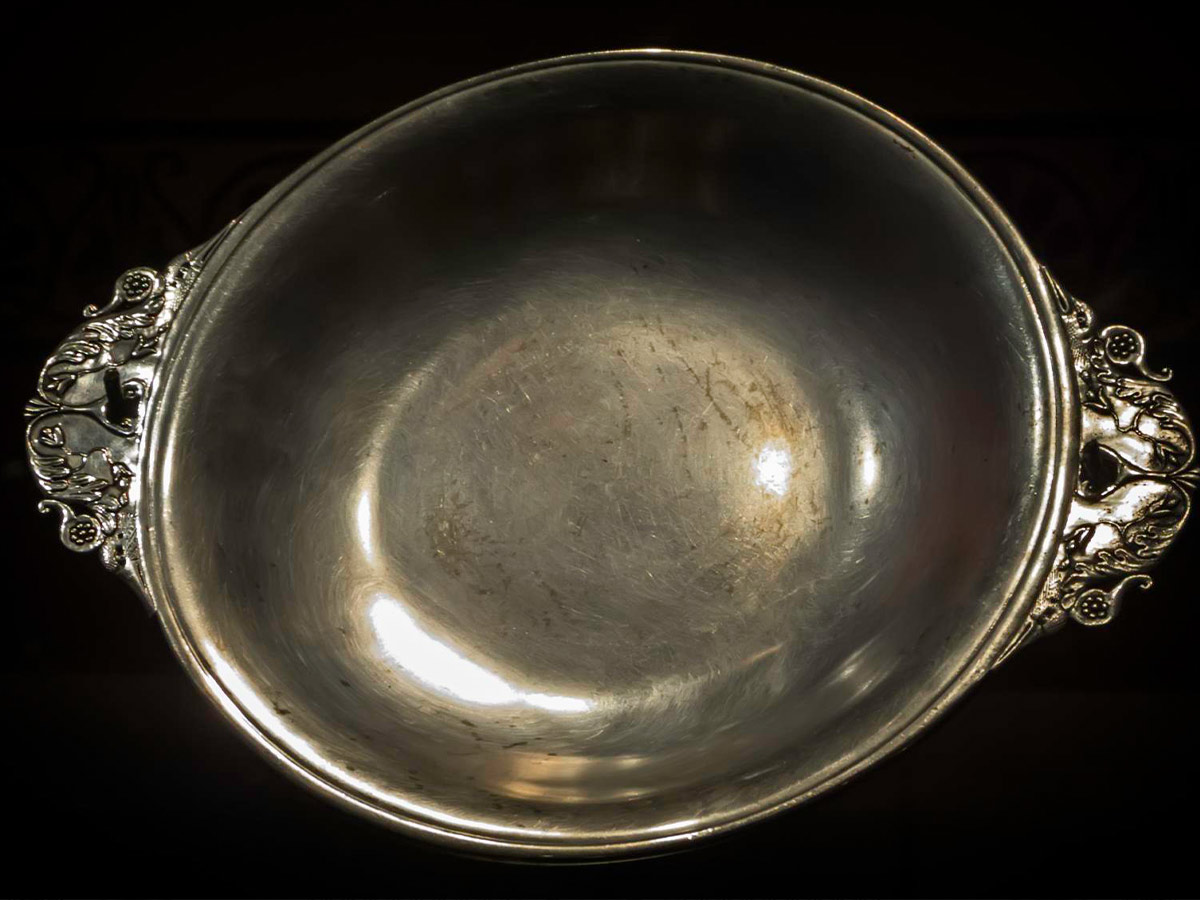
When it comes to antique "silver" serving plates, many collectors are under the impression that these items, often passed down through generations, are highly valuable. Unfortunately, this is far from the truth for the majority of these plates. First, much of what is labeled as "silver" is actually silver-plated or even just a cheaper metal coated with a thin layer of silver.
Real solid silver is valuable, but it's rare to find serving plates that are truly sterling silver, as many are made of nickel or other less expensive metals. The problem is compounded by the fact that these items often suffer from tarnishing and wear over time, which decreases their aesthetic appeal and, in turn, their value.
Anything That Says "Collector's Item"
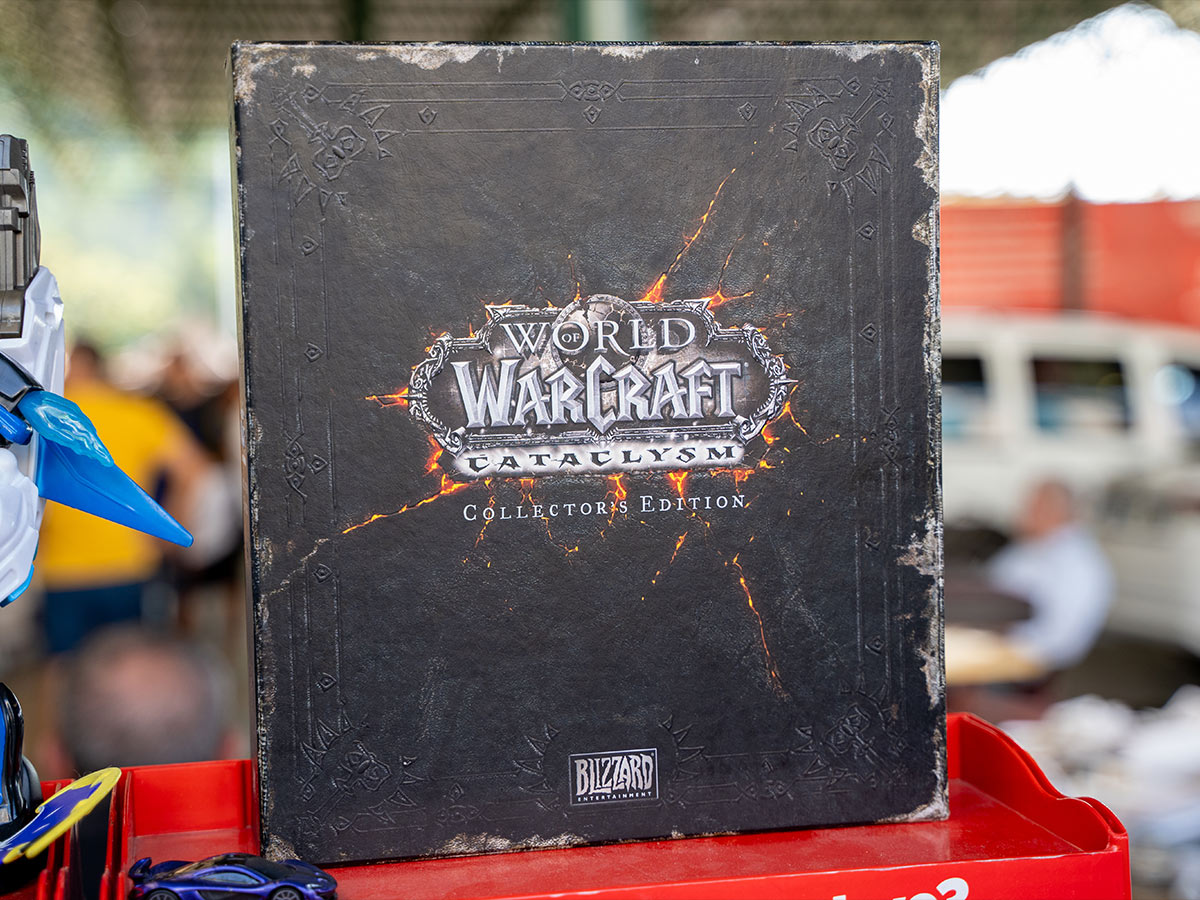
It might be tempting to buy an item that’s labeled as a “collector’s item” in the hopes that it will become a valuable antique. But the reality is that these items are usually mass-produced with that label to create a sense of exclusivity and drive sales. When manufacturers print the term “collector’s item” on a product, it’s often just a marketing tactic.
These items are usually produced in large quantities, making them far from rare. In fact, the very label that’s supposed to make them special often ends up devaluing them. Think about commemorative plates, coins, or even limited-edition figurines. In most cases, these products aren’t investments—they’re just well-marketed products that anyone can buy, which defeats the point.
Precious Moments Figurines
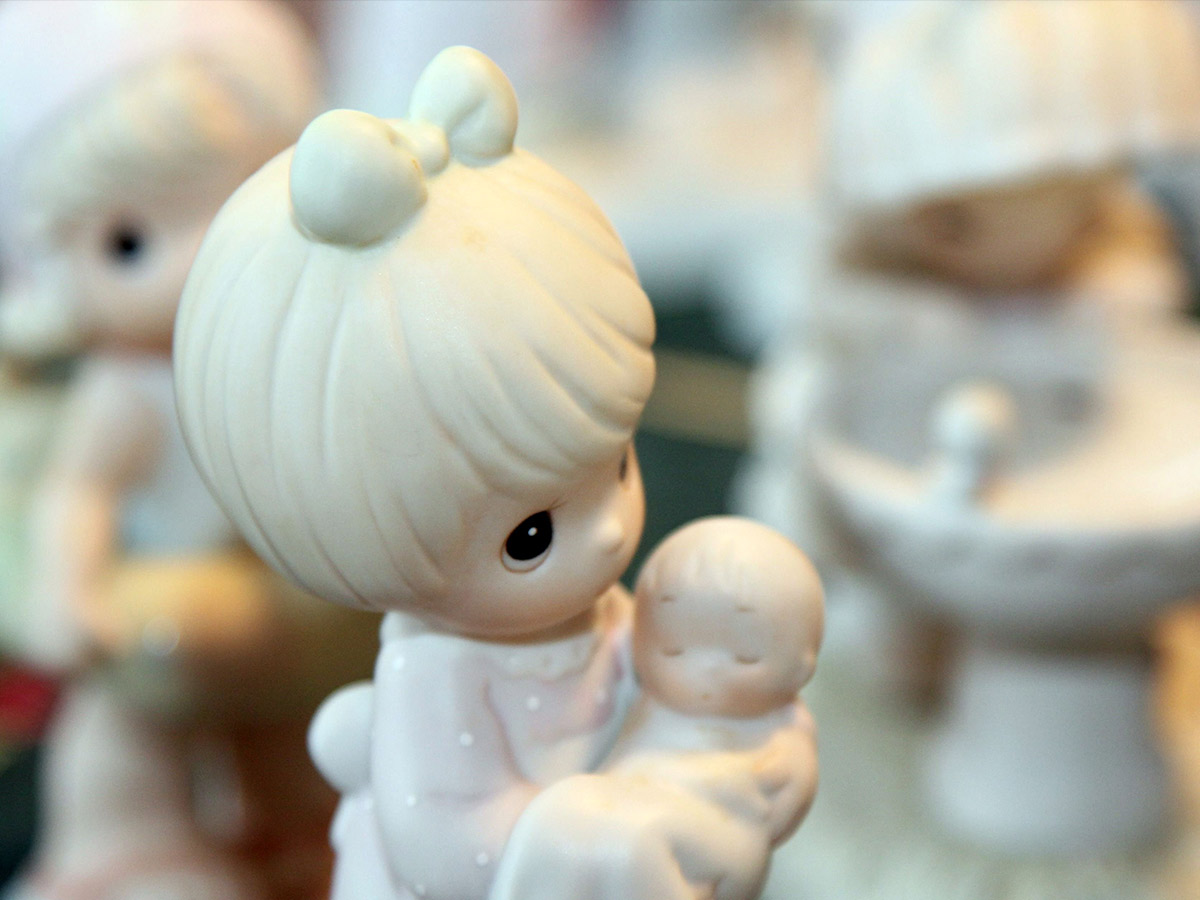
These little porcelain figures are simply precious. Their round, doe eyes and smiling faces adorn the sitting rooms and mantles of many homes in America.
When you’re looking to make a quick buck, don’t assume the figure you spent nearly $50 on will get you anything. Precious Moment figures sell for as little as two bucks on Amazon.
Funko Pops
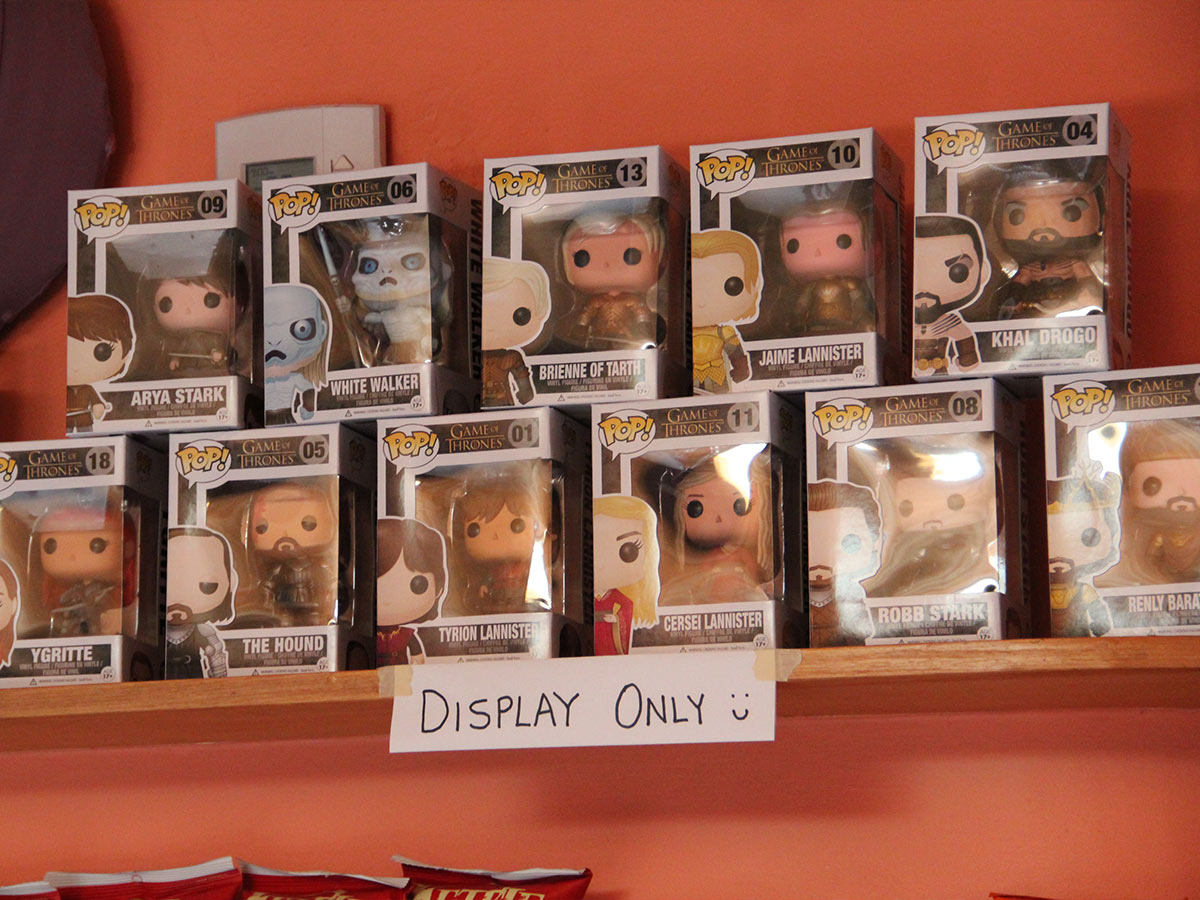
Funko Pop! figurines have exploded in popularity in recent years, with their cute, stylized designs representing everything from movie characters to pop culture icons. It’s easy to see why collectors thought they were making a smart investment, but the reality is that most Funko Pops are worth very little.
While limited-edition or rare Funko Pop! figurines can fetch a decent price—especially those that have been discontinued—most figures are mass-produced and widely available. The company releases new figures frequently, meaning that rare items are quickly replaced with newer versions, which causes the value of older Pops to drop significantly. If you’re hoping to retire on your collection, you might want to adjust your expectations.
Beanie Babies
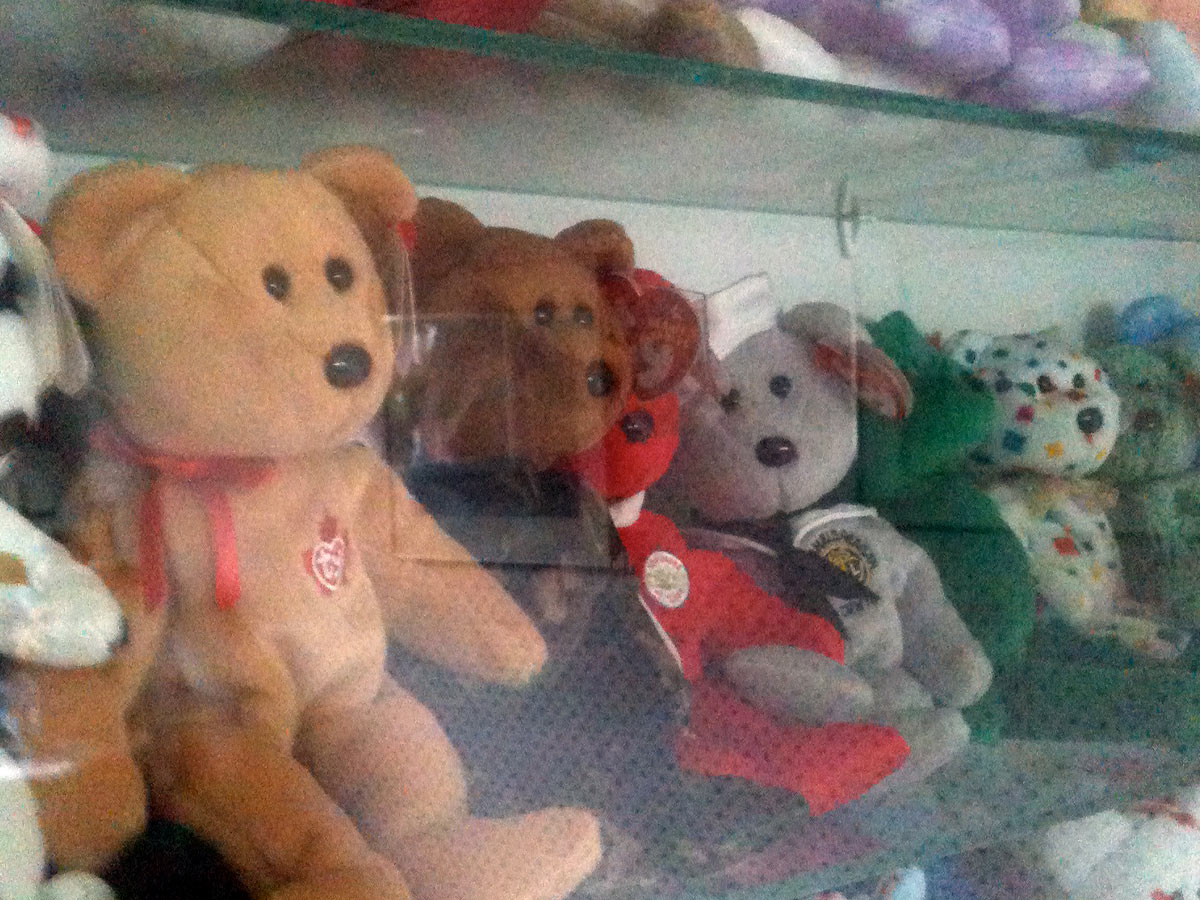
Like most relics from the ‘90s, your old Beanie Baby collection has the monetary value of a dresser full of mom jeans, fanny packs, and a well-worn Bel Biv Devoe CD. Since the pellet-stuffed plushes were all the rage twenty years ago, we all assumed they would rake in a future fortune.
In reality, you won’t scrape together more than lunch money for the majority of Beanie Babies. Unless you happen to have a Korean Pinchers, which fetches $1,800 on the collector’s market.
Any DVD Boxset Ever
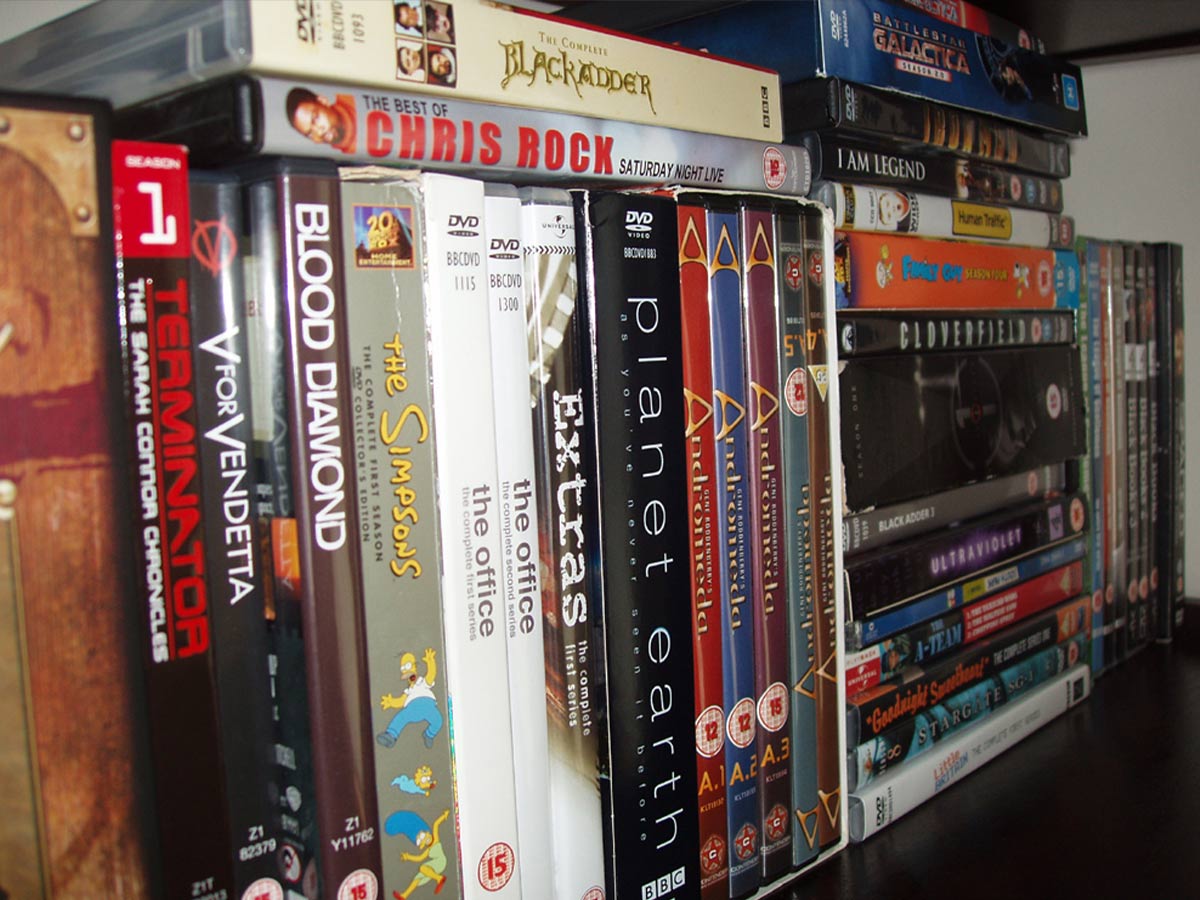
The advent of digital video and music brought a revolution. People clamored to buy the complete discography of their favorite artist or grab every season of Friends on DVD. Investing $50 into a single season of a nine-season TV show seemed like a good idea at the time. Unlike VHS cassettes, DVDs could withstand sitting under the carport during the scalding summer months.
In the end, neither could stand a chance to the behemoth that is Netflix. Why pay hundreds for every episode of Friends when you can marathon them all for under $10 a month—and you don’t even have to change out the disks!
Happy Meal Toys
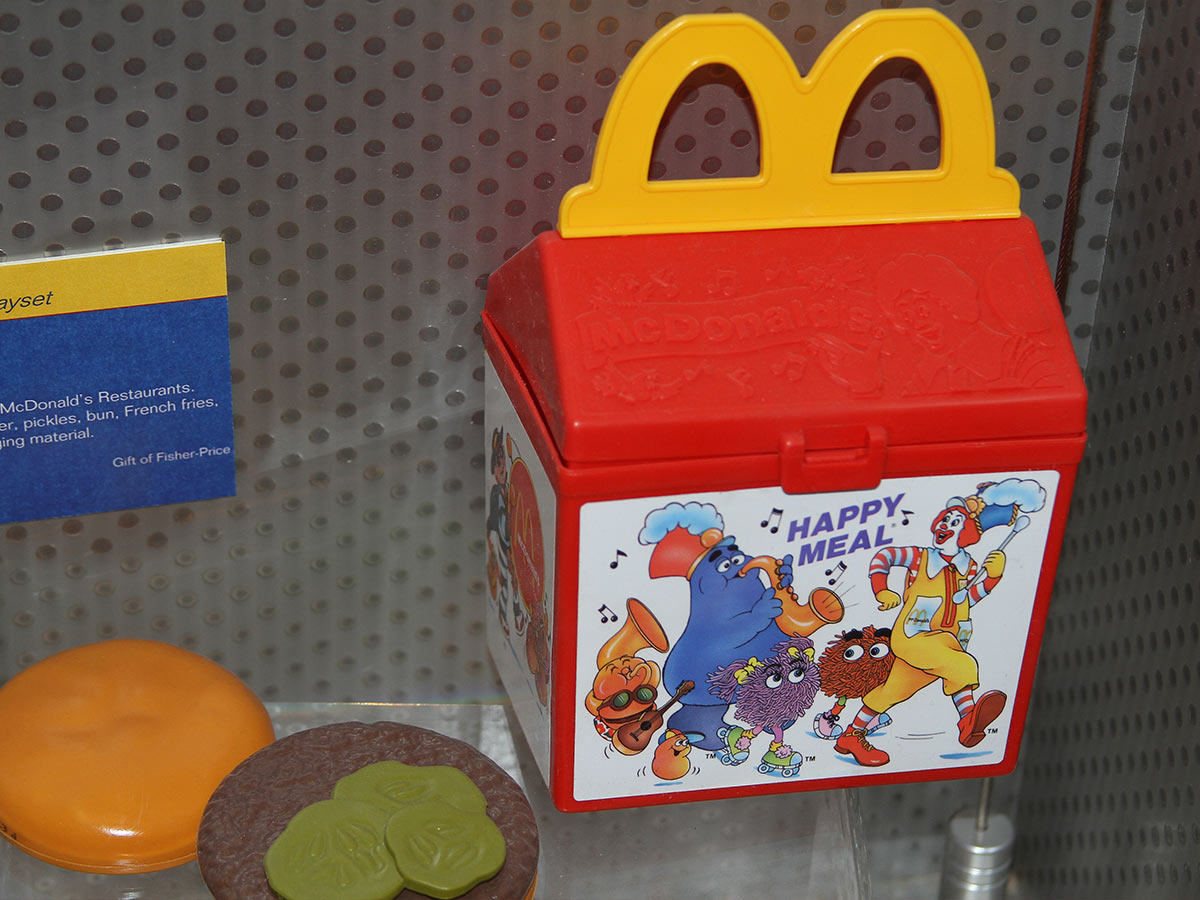
For many, Happy Meal toys are a nostalgic part of childhood. Over the years, McDonald’s has teamed up with major franchises like Disney, Barbie, and Star Wars to release collectible toys that many kids (and collectors) eagerly grabbed up. The idea was that these toys would eventually become valuable collector’s items. Unfortunately, that hasn’t been the case for most.
McDonald's handed out millions of these toys, and because they were designed for kids, many ended up damaged or discarded. Even unopened toys are often only worth a small amount, especially since McDonald’s regularly releases new promotional toys. The market is flooded, and interest in them has waned significantly over time. While certain rare toys—like the 1992 Ty Teenie Beanie Babies or certain Star Wars Happy Meal toys—have fetched high prices, most Happy Meal toys can be found for a few bucks each.
Pokémon Cards
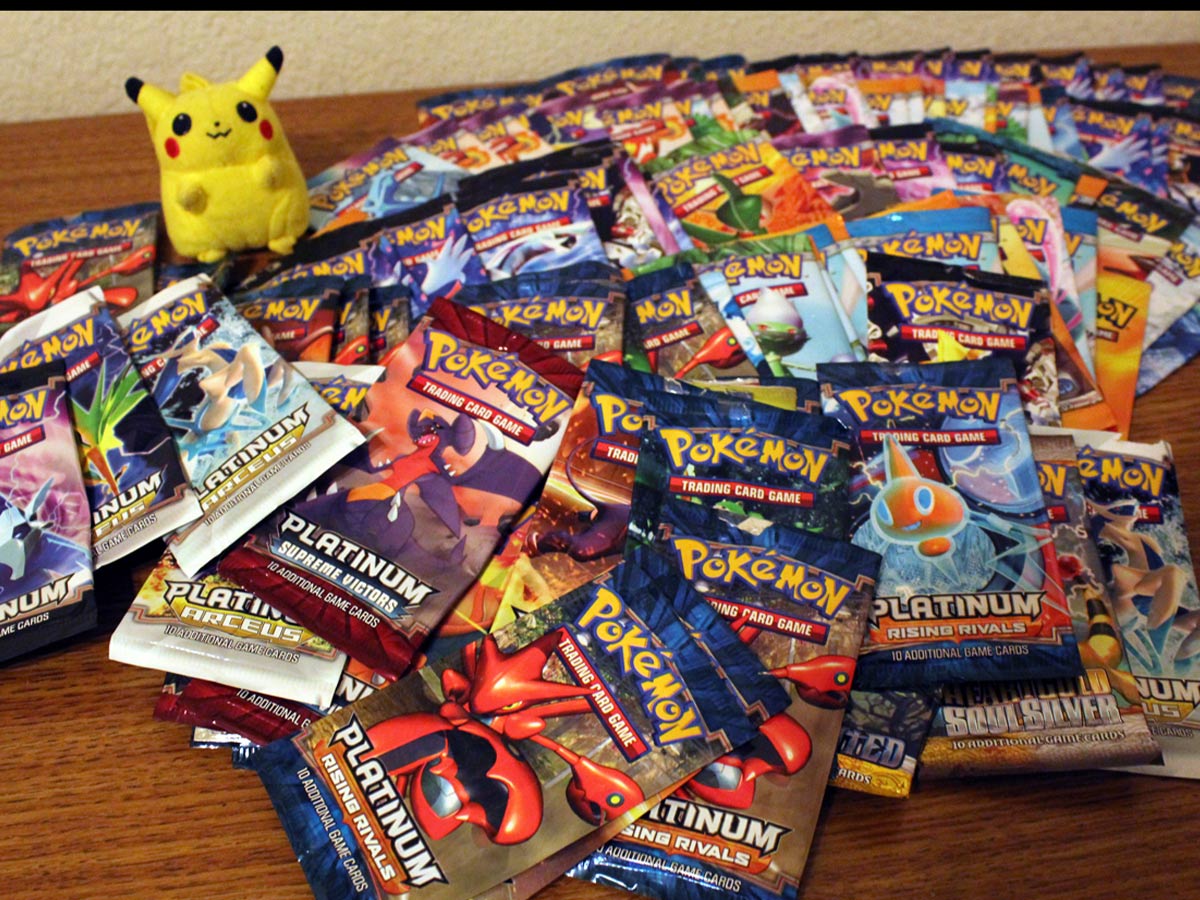
Any child growing up in the 1990s had only one mission to accomplish: they had to catch ‘em all. Between playing the video games, begging mom for the stuffed toys, and trying to get their hands on the kid’s meal toy that turned out to be a choking hazard, Pokemon was everywhere. Many young adults still have binders full of cards organized by number.
As a kid, you thought that if you came across something shiny or foreign, you had something special. But in most cases, the holographic Gyarados card was in every booster pack, not just yours. Even if you did luck out and find a rare card, you're still not holding on to a gold mine. These days, even the rarest of Pokemon cards will catch a measly $35.00.
$2 Bills
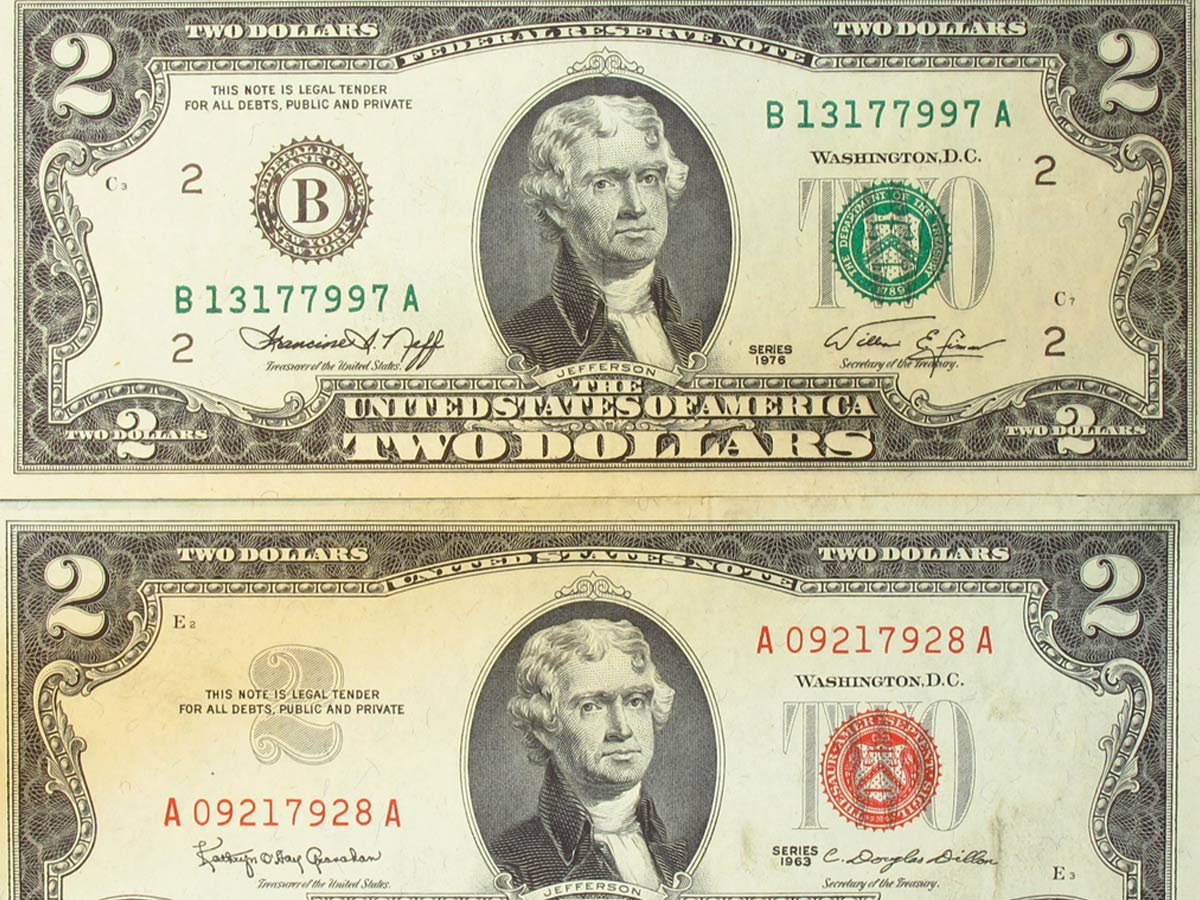
All of us had our grandpa show us the novelty of the $2 bill. Despite thinking that $2 bills were somehow special, they’re far from being worth more than their face value. While it’s true that some bills from certain years or with unique serial numbers can be worth slightly more to collectors, the vast majority of $2 bills are not valuable.
A bill from 1976, for instance, will only be worth the $2 it represents unless it’s in uncirculated condition or has a specific serial number pattern. So, if you’ve been holding onto a stash of $2 bills your uncle gave you for your tenth birthday, hoping they’ll be worth a small fortune, you may be disappointed. The truth is, unless the bill is particularly rare, it’s just worth $2.
Commemorative Coins
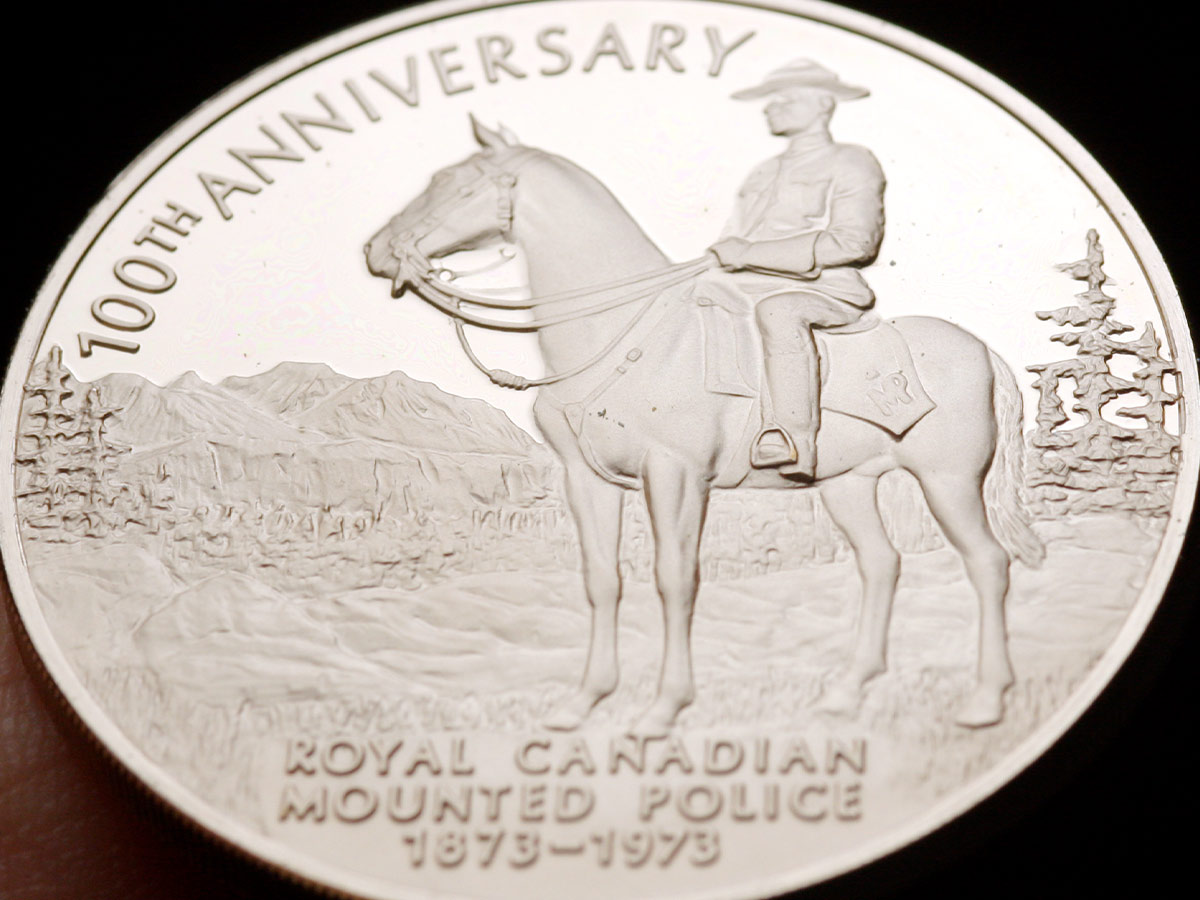
You were watching TV late one night when a commercial caught your eye. You—yes, you—could be the owner of a rare coin marking the 200th anniversary of Lewis and Clark’s adventure! Or President Obama’s inauguration!
Whatever the event is, you felt compelled to buy the commemorative coin because the announcer said there were only 1000 produced and it could be a collector’s item someday. Unfortunately, they aren’t worth what you paid for; these “gold” coins are often gold plated and the authenticity certificates are about as official as a cereal box diploma.
Collectible Spoons
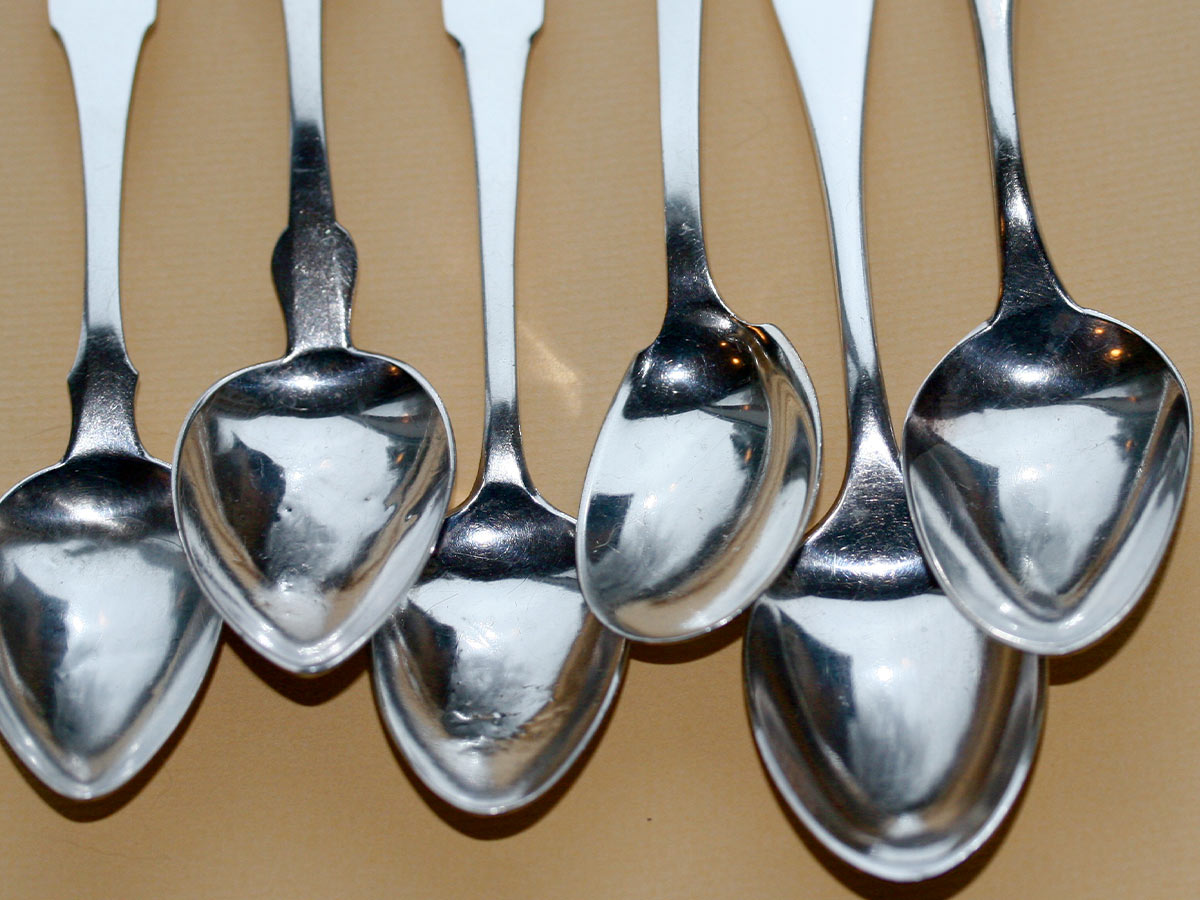
If you picked up a collectible spoon on your latest visit to Niagara Falls, I hope you weren’t intending to sell it when global warming destroys the waterfalls in the coming years.
The silver spoon isn’t fully silver, and since they were mass-produced, the market would be saturated with thousands of precious spoons picked up by other tourists with the same plan as you.
 Author
Jack Robinson
Last Updated: September 30, 2025
Author
Jack Robinson
Last Updated: September 30, 2025